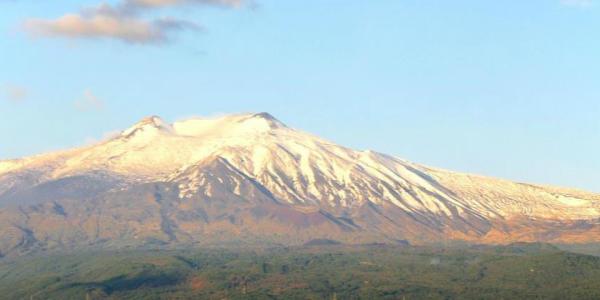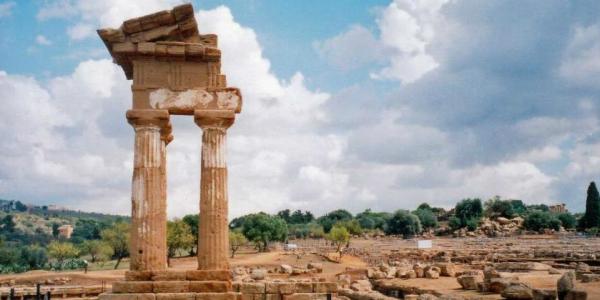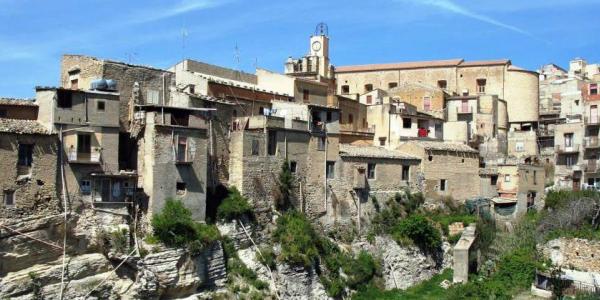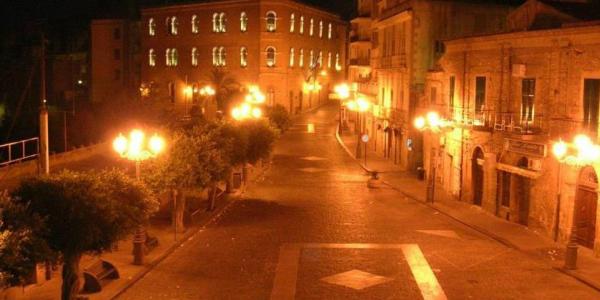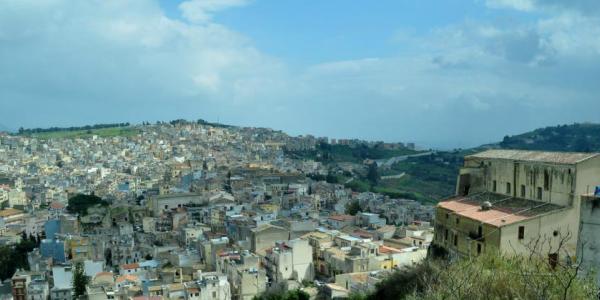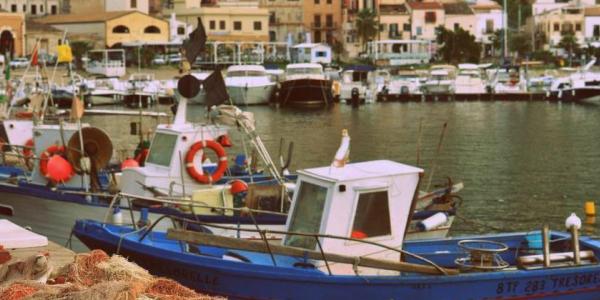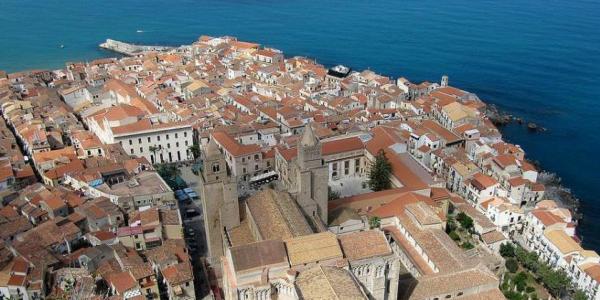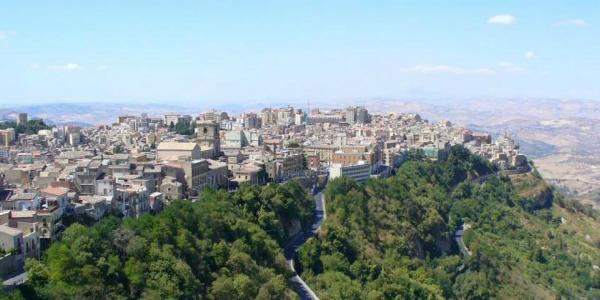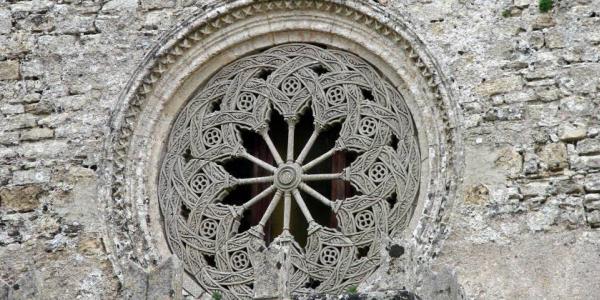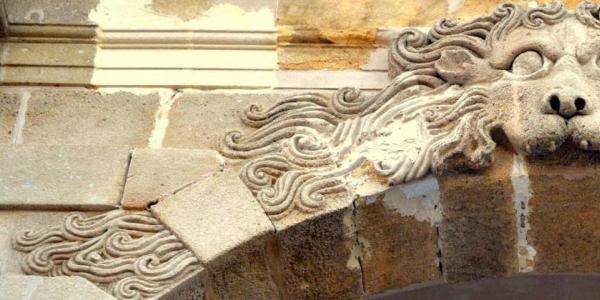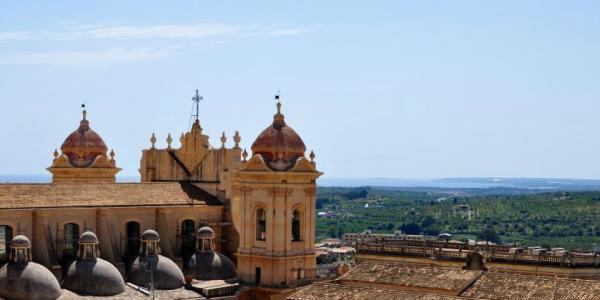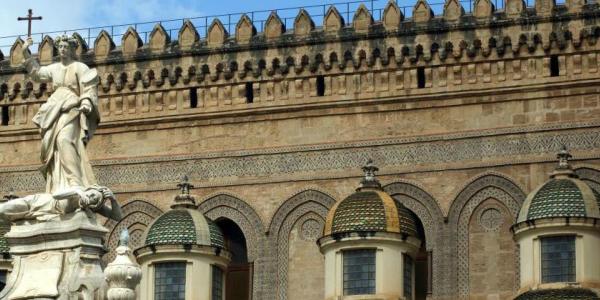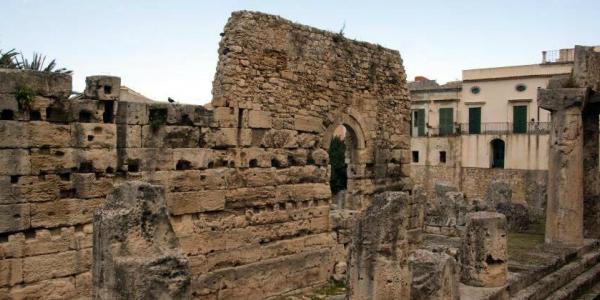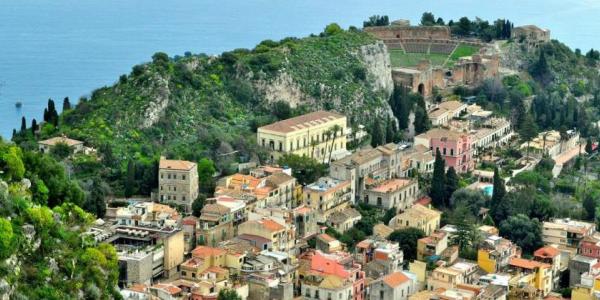The Valley of the Temples is a large archaeological site of about 450 hectares. It has various important temples (Olympian Jupiter, Hercules, Concordia and Juno), smaller places of worship (the sanctuary of the Chthonic deities, Demeter and Persephone), an archaeological museum and the Garden of Kolymbetra. The recommended route includes:
Temple of Concordia (5th century BC)
Erected around 430 BC, the temple of Concordia retains all its Doric splendour. It is a quadrilateral measuring 19.10 x 42.10 meters x 6.75 meters high and features six columns on its shorter sides and thirteen on the larger ones. From the 4th century AD onwards, the temple underwent several transformations and was consecrated as a Christian church. Its structure suffered various alterations in which many of the original decorations on the front tympanum were lost. The three naves of the basilica replaced the classical internal division of the temple in 3 rooms (the complex formed by the naos, pronaos, opistodomos). The temple regained its original appearance at the end of the 18th century.
 3413507273_5b9ca91a6c_o_rszx.jpg)
Towards the north side of the Valley, between the Temple of Concordia and the Temple of Hercules, you come to the Byzantine Early-Christian necropolis, known as the “Cave of Frangipane”, which is a vast hypogeum with burial niches, cisterns and chapels with some original paintings. Temple of Hercules (6th century BC)
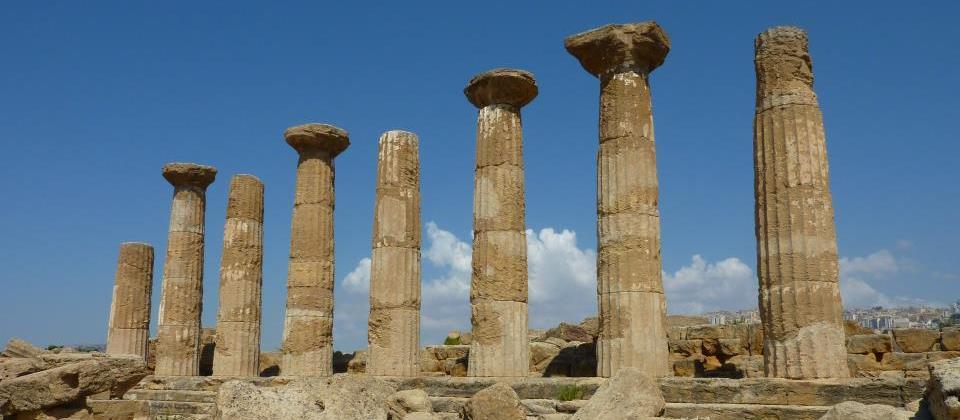
With its eight remaining columnsthe oldest temple in the Valley is dedicated to Hercules, the demigod worshipped by both the Greeks (Heracles) and the Romans. Built in archaic Doric structure, it has an elongated rectangular floor-planTemple of Juno (5th century BC)
Set at the edge of the hill of temples, it has the same dimensions as the Temple of Concordia. It is very well-preserved and was restored in Roman times. It still has 30 columns, 16 of them with their full capitals.
Temple of Jupiter (5th century BC)
Once the largest Doric temple in the West, today only ruins remain, including the giant Telamon now on display in the Archaeological Museum.
Sanctuary of the Chthonic deities
In the western sector of the Hill of Temples there was a vast sacred area devoted to the worship of the Earth goddesses Demeter and Persephone, mother and daughter, protectors of fertility.
The Garden of the Kolymbetra
The garden of the Kolymbetra covers the western end of the Valley of the Temples. It was originally a huge water deposit built in the 5th century BC during the Greek era, into which a complex network of aqueducts emptied. It has now been transformed into a green oasis, in which native plants and ancient local crops are grown.Roman Hellenistic Quarter
 3414436588_8756be8aab_o_rszx.jpg)
This is all that remains of a large human settlement dating back to the Roman and Hellenistic period.
The Archaeological Museum
The Regional Archaeological Museum Pietro Griffo in the district of S. Nicola is situated in front of the Roman Hellenistic Quarter. It contains most of the ancient relics discovered in the Valley of Temples and the Agrigento area, illustrating the history of the territory from prehistory to the end of the Greco-Roman period in its 18 exhibition rooms.
 7402379796_0ceefbd8ac_o_rszx.jpg)
The most impressive monuments in the city centre include the 11th century Cathedral in the Gothic-Norman style, the Church of Saint Nicholas, dating back to the 13th century and now home to an Archaeological Museum, the Church of the Holy Spirit and the Monastery of the same name, one of the most ancient and best-preserved monuments in Sicily; the 17th century Purgatory Church, together with a well-conserved network of underwater aqueducts, built in the 5th century BC, and the Church of Santa Maria dei Greci, in the oldest part of the mediaeval town, whose foundations stand on the base of a 5th century Doric temple.



